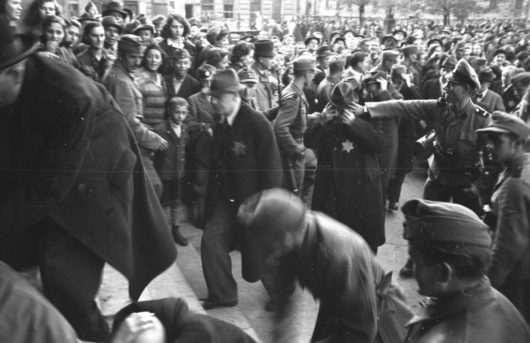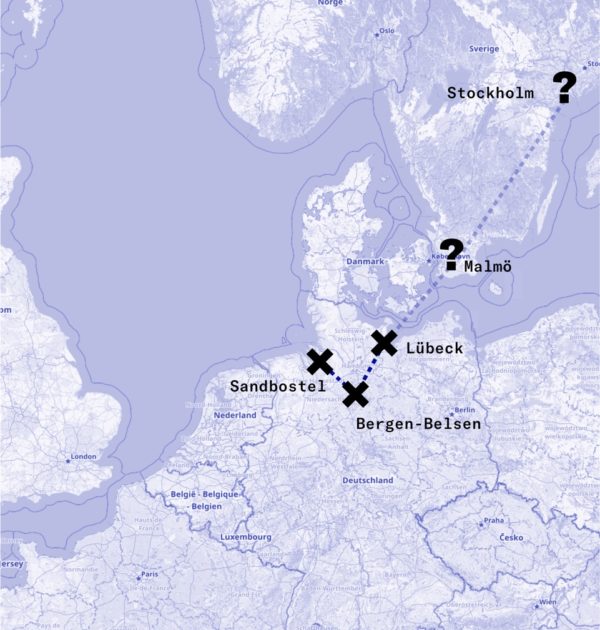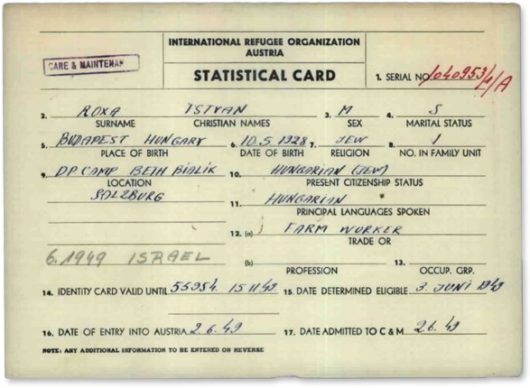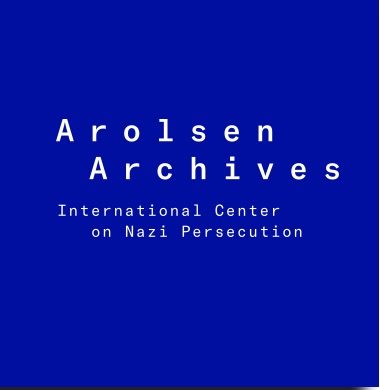
Cookie hint
This website uses cookies to improve your user experience. By clicking the “Agree” button, you accept the use of all types of cookies. If you do not wish to use some of the cookies during your visit to our website or if you require more detailed information about cookies, please click “More information”. For more information, please refer to our privacy policy.


















